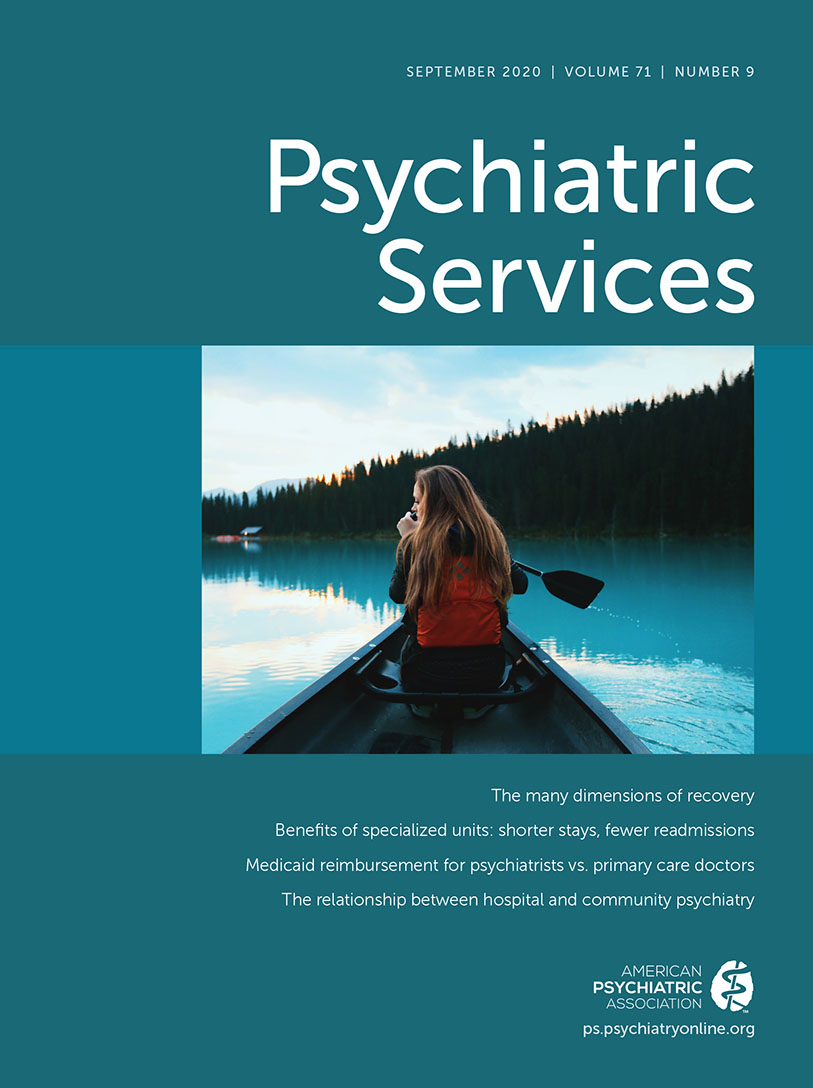Addressing Sexual Violence in Psychiatric Facilities
Abstract
Preventing sexual violence in psychiatric facilities has been a longstanding challenge that has received only limited attention from researchers and regulators. Numerous factors at the patient-, staff-, facility- and health care system–level contribute to sexual assaults within these facilities and difficulties in obtaining justice for victims. In the wake of the #MeToo movement, significant strides have been made in addressing sexual violence within society. Extending these efforts to the isolated worlds of psychiatric facilities is a logical next step; the time has come for psychiatry to better address this chronically overlooked patient and workplace safety issue.



